Species Photo Gallery for Cyrtolobus griseus No Common Name |
 | Photo by: T.K. Wood (maybe)
Out Of State Co.
Comment: not databased, UDCCrncoll. June 19, 1970 | 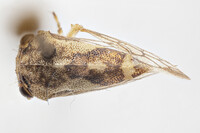 | Photo by: T.K. Wood (maybe)
Out Of State Co.
Comment: not databased, UDCCrncoll. June 19, 1970 |
 | Photo by: T.K. Wood (maybe)
Out Of State Co.
Comment: not databased, UDCCrncoll. June 19, 1970 | 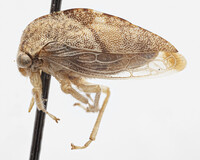 | Photo by: T.K. Wood
Out Of State Co.
Comment: UDCC_TCN 00008608 |
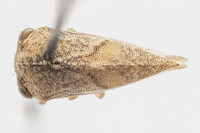 | Photo by: T.K. Wood
Out Of State Co.
Comment: UDCC_TCN 00008608 | 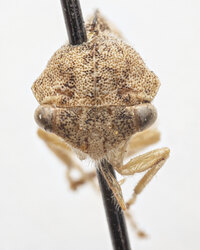 | Photo by: T.K. Wood
Out Of State Co.
Comment: UDCC_TCN 00008608 |
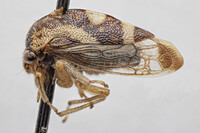 | Photo by: T.K. Wood
Out Of State Co.
Comment: UDCC_TCN 00008610 |  | Photo by: T.K. Wood
Out Of State Co.
Comment: UDCC_TCN 00008610 |
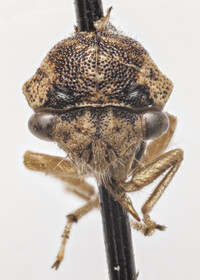 | Photo by: T.K. Wood
Out Of State Co.
Comment: UDCC_TCN 00008610 |

 »
»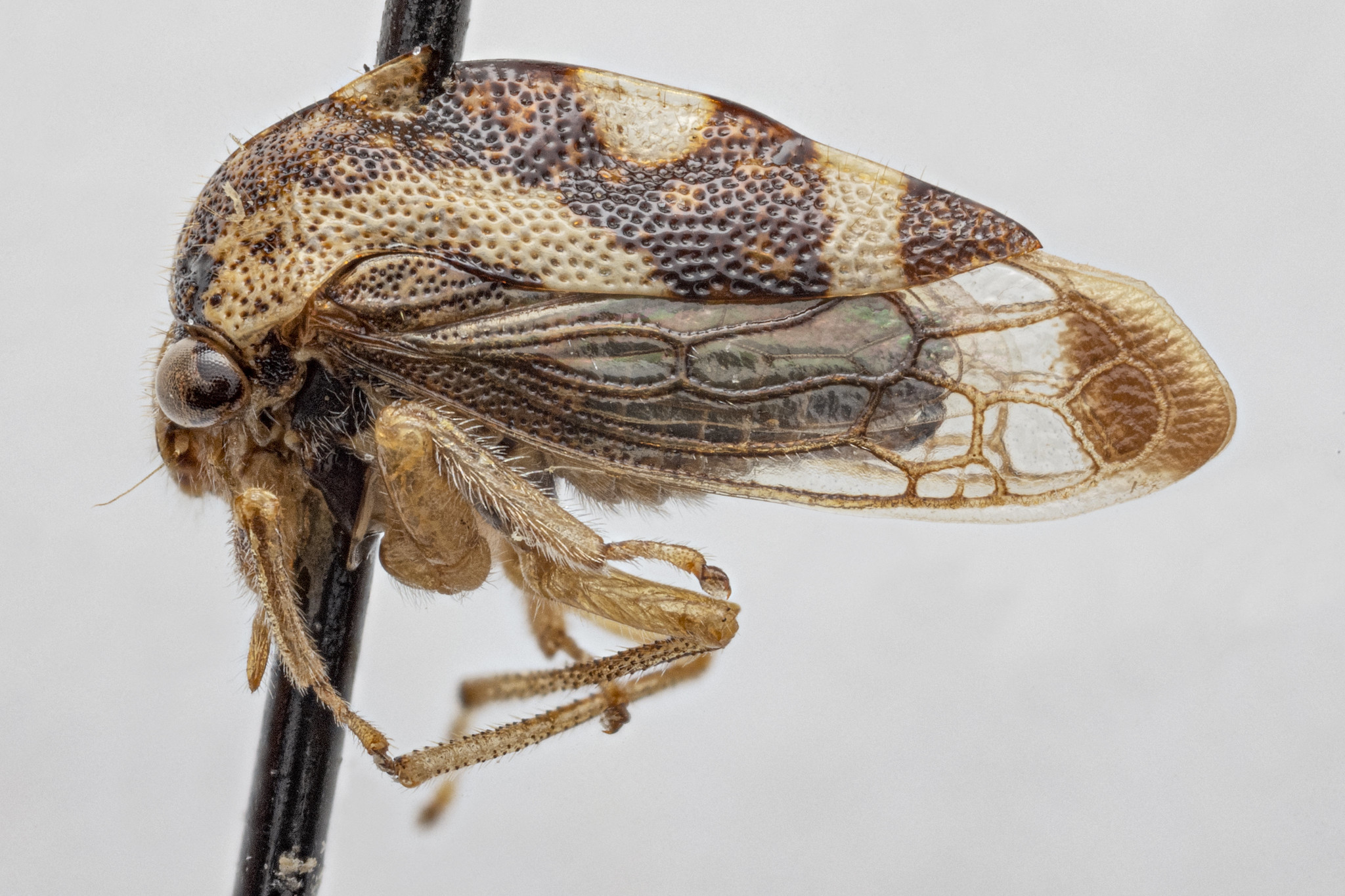
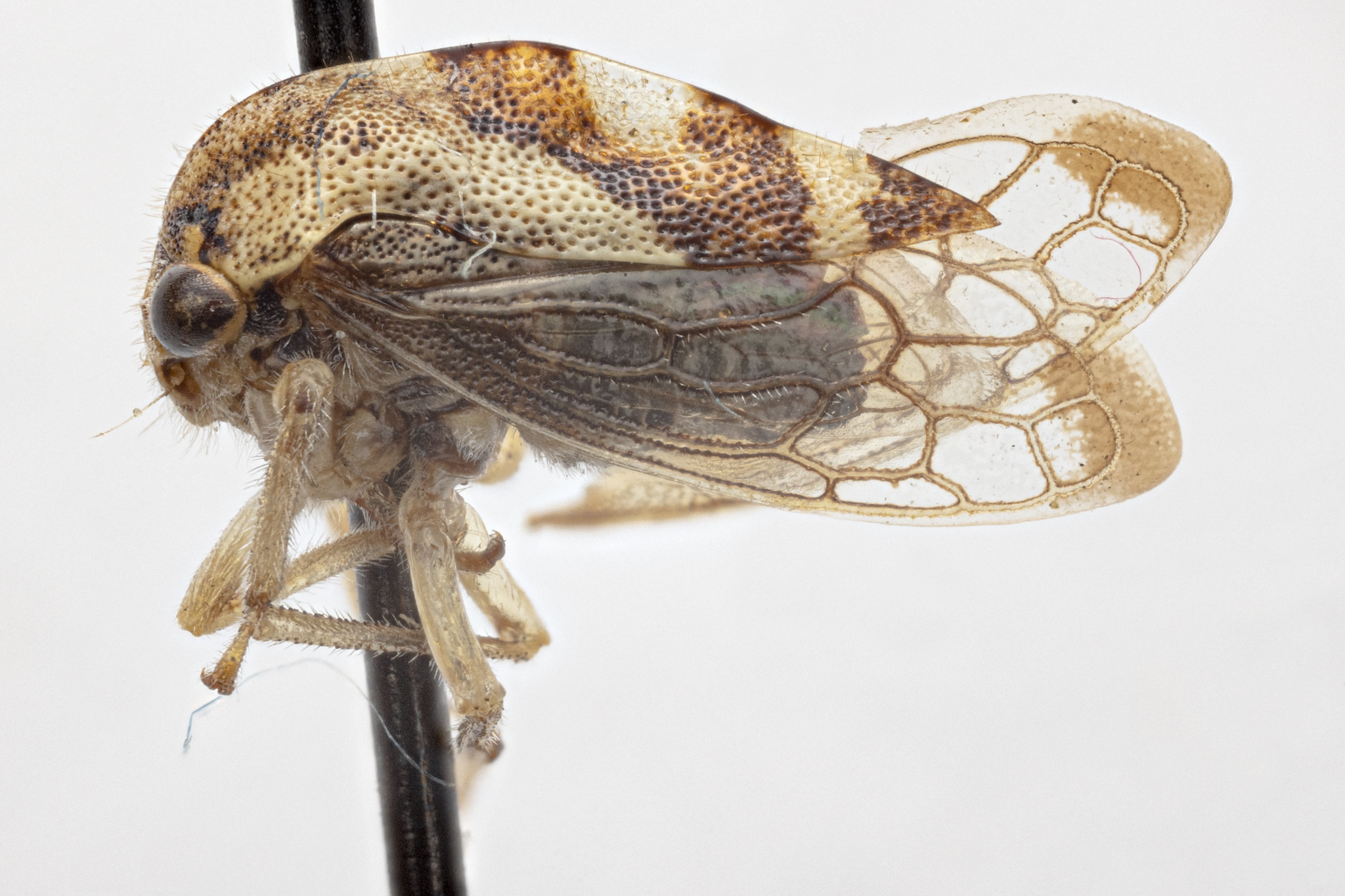


 »
»

